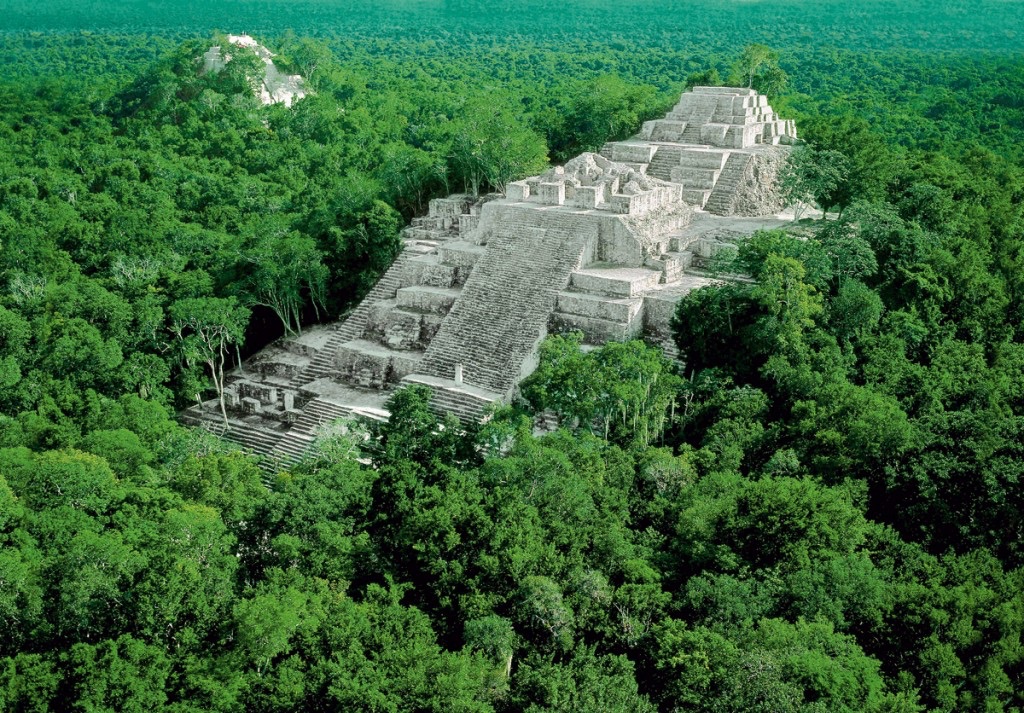El Mirador is a pre-Columbian Mayan settlement located in the dense rainforest of the Petén region of Guatemala. It flourished during the Preclassic period, around 600 BCE to 100 CE, and is renowned for its massive pyramids and complex urban designs. The site was a bustling metropolis and one of the most significant cultural centers of the Maya civilization. It was rediscovered in 1926 by archaeologists who were amazed by its grandeur and scale, which includes the largest known pyramid in Central America, La Danta. El Mirador’s extensive causeways and sophisticated water management systems reflect the advanced urban planning of the ancient Maya. Despite its historical significance, the site remains less explored than other Mayan ruins, partly due to its remote location.
Historical Places
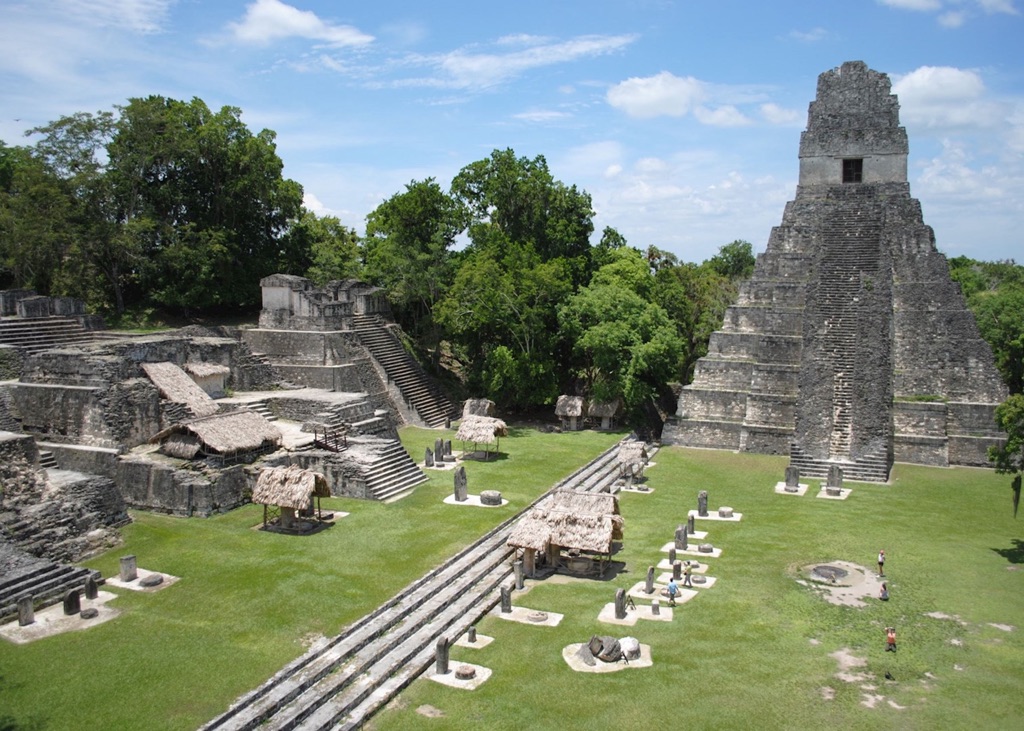
El Petén
El Petén in Guatemala is a region steeped in rich history and cultural significance. Known for its dense forests and remarkable archaeological sites, it was once the cradle of the ancient Maya civilization. The area is dotted with ruins, including some of the most significant and well-preserved Maya cities such as Tikal, which is a UNESCO World Heritage Site. El Petén is not only a treasure trove for archaeologists but also a magnet for tourists seeking to explore the mysteries of the Maya.
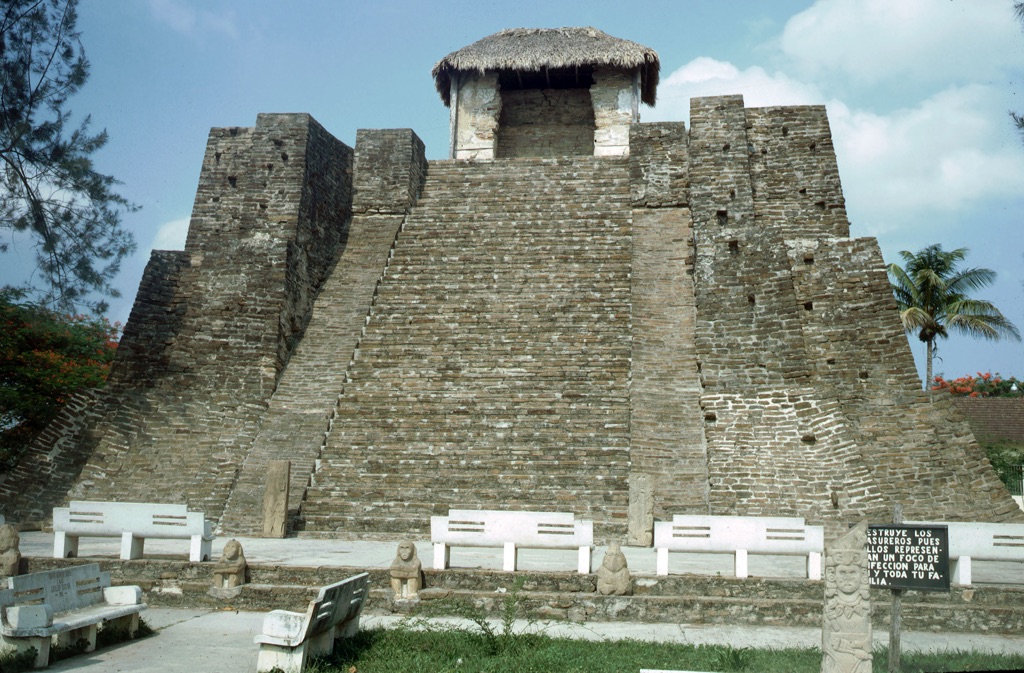
Castillo de Teayo
The Castillo de Teayo is a pre-Columbian Mesoamerican archaeological site located in the northern part of the state of Veracruz, Mexico. It is known for its pyramid which stands as a testament to the region’s complex history, involving multiple civilizations including the Huastecs and the Aztecs. The site offers valuable insights into the cultural and religious practices of these ancient societies.
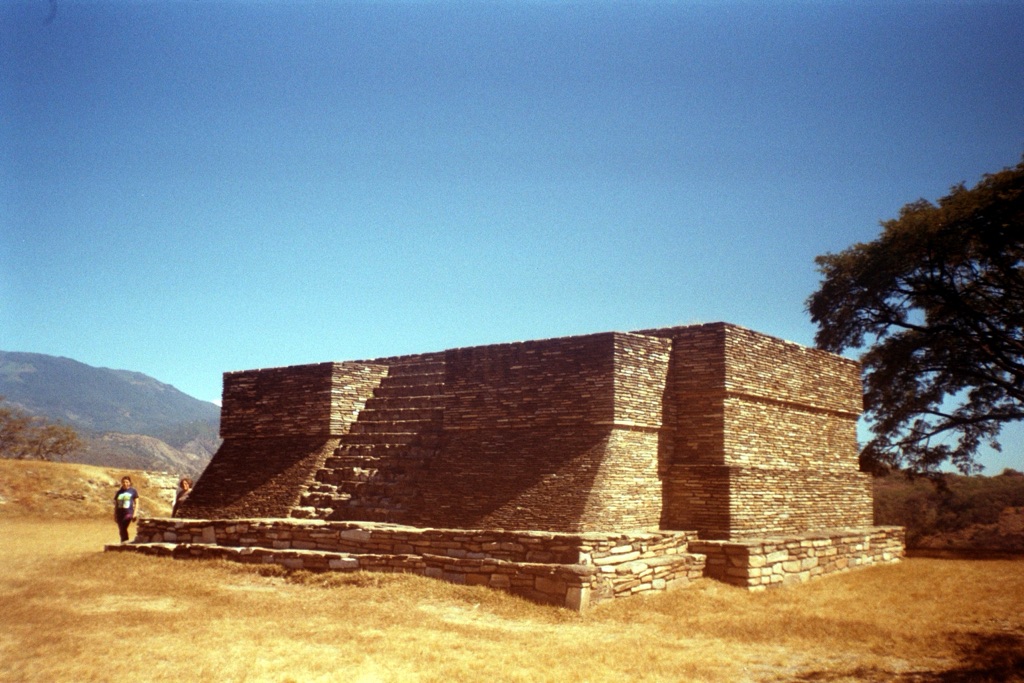
Mixco Viejo
Mixco Viejo, also known as Jilotepeque Viejo, is a pre-Columbian archaeological site in the highlands of Guatemala. It was the capital of the Poqomam Maya kingdom, and its ruins offer a glimpse into the complex social and political structures of the Maya civilization. The site features a series of plazas, temples, palaces, and ball courts, showcasing the architectural prowess of its builders. Mixco Viejo played a significant role in the region’s history before its eventual conquest by the Spanish in the early 16th century.
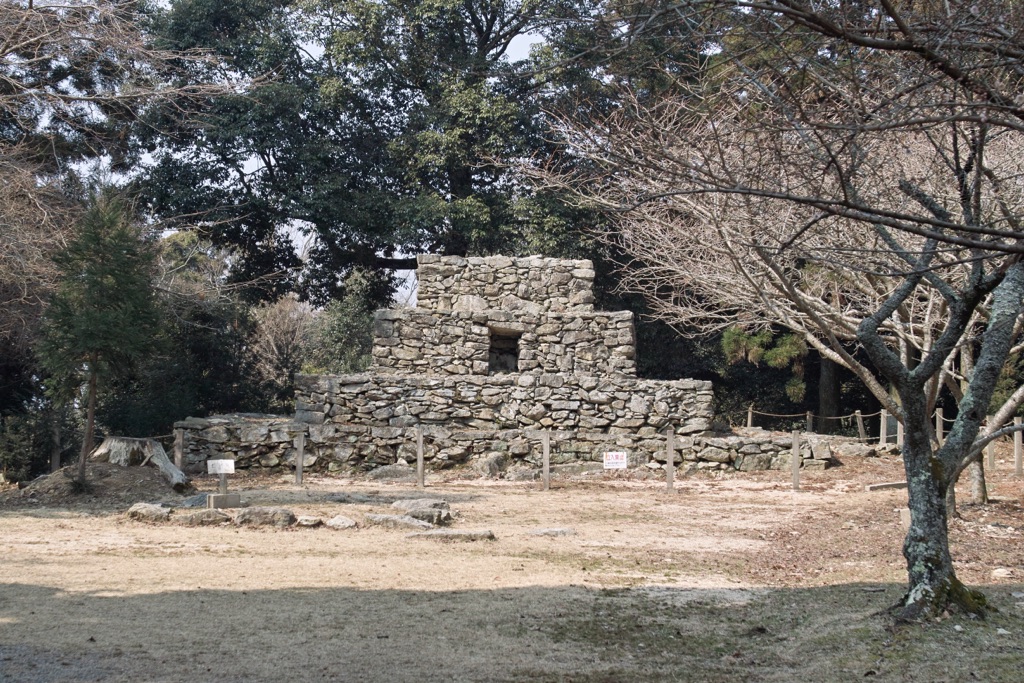
Kumayama ruins
The Kumayama ruins are a historical site located in Japan, known for their archaeological significance. These ruins are remnants of an ancient structure, believed to be a burial mound or tomb. The site has attracted the attention of historians and archaeologists who are keen to understand more about the people who built it and the era it represents. The Kumayama ruins offer a window into the past, providing insights into the cultural and historical context of the region.
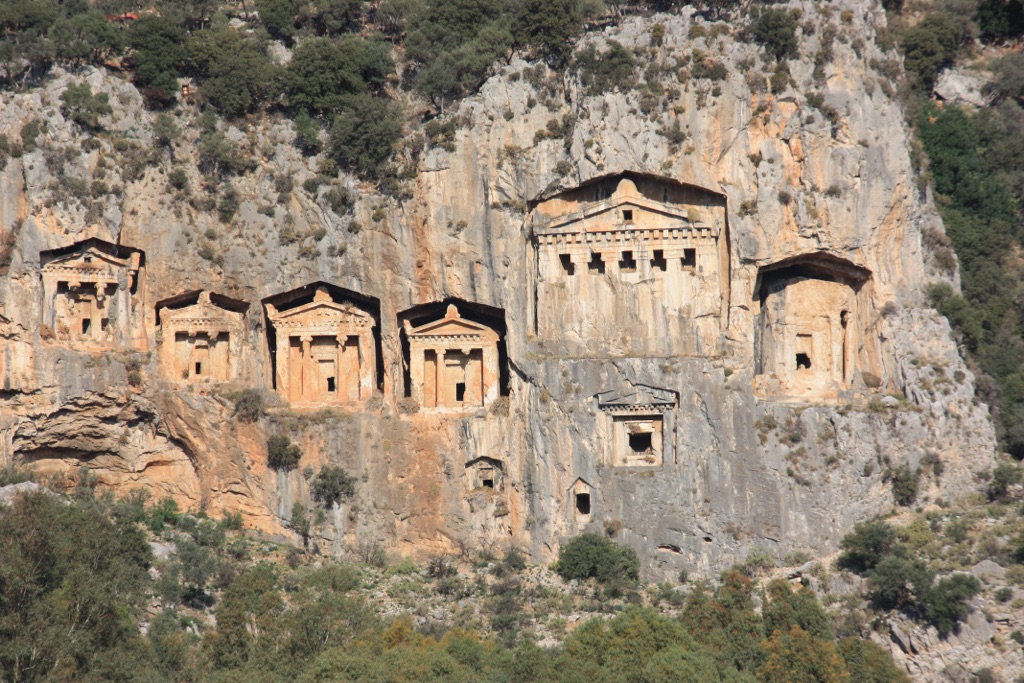
The Lycian Rock Tombs
The Lycian Tombs are an exquisite collection of ancient rock-cut tombs found in Lycia, a historical region in present-day southwestern Turkey. These tombs are renowned for their intricate facades carved directly into the rock faces, resembling the wooden houses and temples of Lycian antiquity. They date back to the 4th century BCE and reflect the complex funerary practices of the Lycians, who believed that a mythical winged creature would carry the dead to the afterlife. The most famous of these tombs is the Tomb of Amyntas, attributed to the Lycian ruler Amyntas, son of Hermapias.

